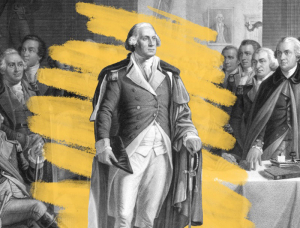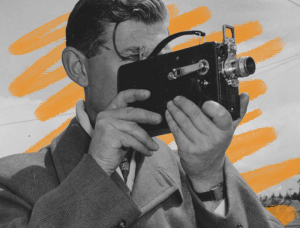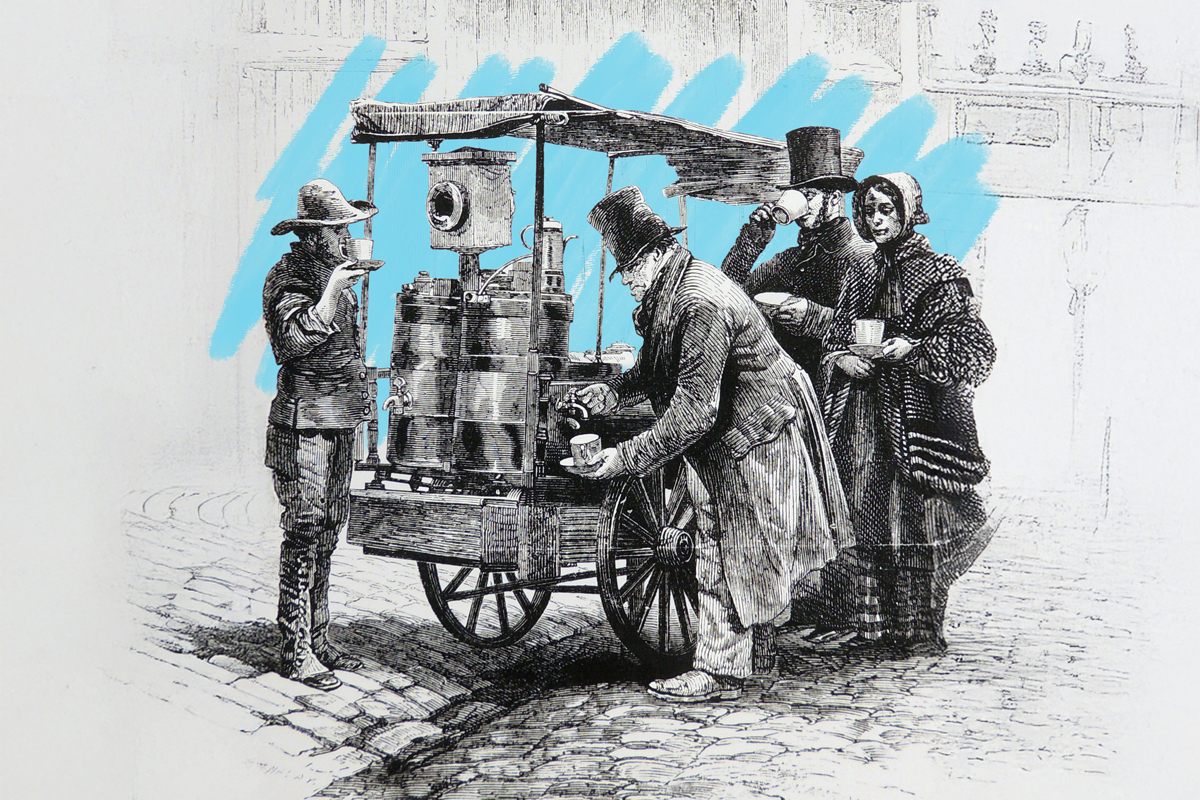Coffee was all the rage in London before Brits switched to tea.
There are few things more enmeshed in British identity than tea, but when the beverage first arrived in Europe in the 17th century, it was far from the drink of choice. Coffee arrived around the same time, and the Brits couldn’t get enough of it. By the turn of the 18th century, England had a coffeehouse boom that rivaled that of 1990s America.
Brits loved coffee so much that it began to supplant even ale as the preferred social drink. What is widely considered to be London’s first coffee shop opened in 1652 near the Royal Exchange, where it became popular with merchants. By 1663, London had 83 coffeehouses, and they spread to other cities quickly. As the Enlightenment era started, people would gather around long tables to discuss intellectual ideas such as politics, news, science, and literature, helped along by rich, stimulating brews. At least two periodicals rose out of this coffeehouse culture, The Tatler (founded in 1709) and The Spectator (founded in 1711). But what happened to the beloved British coffee shop?
In the late 17th century and early 18th century, the British East India Company began importing tea directly from China, and tea began to overtake coffee in popularity — a shift that was later helped along by the Haitian Revolution. Coffee had grown so popular in Europe that imperialist nations started cultivating crops in their colonies overseas. Enslaved people in modern-day Haiti, which was then controlled by France, produced more than half the world’s coffee until the revolution, which led to the nation’s independence in 1804. Britain tried expanding its coffee cultivation in India and modern-day Sri Lanka, but the crop was largely wiped out by the fungus Hemileia vastatrix, aka coffee leaf rust. Because that fungus requires coffee plants to survive, other crops were unaffected — so the British companies running those farms switched to tea. By the 1820s, most of the British public had, too.







